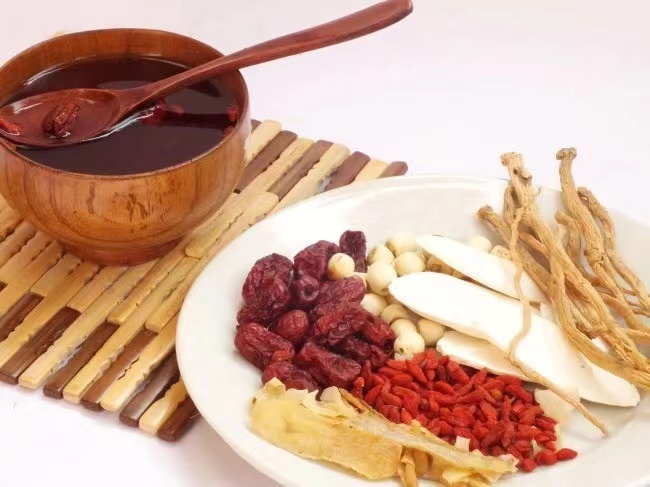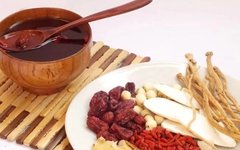Traditional Chinese Medicine (TCM) decoctions are liquid preparations made by boiling or soaking medicinal materials to extract their essence. This is one of the earliest and most widely used traditional forms of Chinese medicine. Decoctions can adapt to the principles of TCM’s differential diagnosis and treatment, demonstrating significant flexibility and applicability, meeting the needs for individualized clinical administration. They are characterized by simple preparation, easy absorption, and rapid efficacy. Decoctions are often compound formulas, achieving enhanced efficacy, broadening treatment scope, accommodating complex conditions, reducing adverse reactions, and preventing drug toxicity through the compatibility of different herbs.
Throughout history, physicians have placed great importance on the decoction of Chinese herbs. The famous Qing Dynasty physician Xu Lingtai stated in his work “Yixue Yuanli Lun”: “The method of decocting herbs should be thoroughly discussed; the efficacy of the herbs depends entirely on this.” The process of decocting Chinese herbs is a process of extracting active ingredients, and the quality of decoction directly affects clinical efficacy.
| How should Chinese herbal pieces be decocted? What precautions should be taken during the decoction process? Let’s discuss this topic. |
Ø 1. When we receive the herbal pieces to be decocted, we should verify the herb types, dosages, quantities, and quality, checking for any pieces that require special handling. If there are any doubts, contact the dispensing personnel promptly, and only proceed to add water for decoction after confirmation.
Ø 2. To facilitate the extraction of effective components, soak the herbal pieces in tap water before decocting, generally for no less than 30 minutes, allowing the herbs to fully absorb moisture. However, do not use water above 60°C to avoid denaturing proteins and gelatinizing starches, which would hinder the dissolution of active ingredients. The amount of water used should be 2-5 cm above the surface of the herbs, and the amount can be reduced for the second decoction. For decoctions intended for children, the water amount can be appropriately decreased. During the decoction process, do not arbitrarily add water or discard the decoction liquid.
Ø 3. Decoction of multiple herbs should follow the general decoction method, while those requiring special decoction should be handled accordingly. During the decoction process, stir frequently and monitor the volume of the decoction to ensure the herbs are fully decocted, avoiding drying out or burning. If the decoction has dried out, add fresh water and re-decoct; if it has burned, use new herbal pieces for decoction.
Ø 4. The fire used for decoction should follow the principle of “first strong, then gentle.” That is, use strong fire to bring the water to a rapid boil, and then switch to gentle fire to maintain a simmer, reducing evaporation and aiding in the extraction of active ingredients. Herbs for dispelling pathogens are often decocted with strong fire, while tonifying herbs are typically decocted with gentle fire.
Ø 5. The duration of decoction is often related to the amount of water added, the heat intensity, the herb’s water absorption capacity, and the therapeutic effects. Decoction is generally divided into first and second decoctions. Typically, the first decoction should boil for 20-30 minutes, and the second for 15-20 minutes; herbs for dispelling pathogens, clearing heat, and aromatic herbs should not be decocted for too long, with the first decoction boiling for 15-20 minutes and the second for 10-15 minutes; while tonifying herbs should be decocted on gentle fire for 40-60 minutes for the first decoction and 30-40 minutes for the second.
Ø 6. After each decoction, the liquid should be filtered out while still hot to avoid affecting the extraction and concentration of active ingredients due to temperature drop. When filtering, press the herbal residue to extract as much liquid as possible. Combine the two decoction liquids and divide them into two doses for consumption.
Ø 7. The total decoction volume for each dose should be 400-600 ml for adults and 100-300 ml for children.
Ø 8. Precautions for decoction: The utensils used for decoction must be chemically stable and not react with the herbs. Clay pots are preferred due to their even heating, good heat retention, chemical stability, and low cost. High-temperature resistant and chemically stable ceramic, glass, or stainless steel containers can also be used. Always keep them clean. Avoid using iron or aluminum utensils, and ensure that the decocted liquid does not come into contact with these materials to prevent chemical reactions that could harm health. Use clean, uncontaminated water such as tap or mineral water for decoction, and avoid using repeatedly boiled water, overnight water from thermos bottles, or contaminated water. Always soak the herbs in room temperature water for over 30 minutes before decoction.
That’s all for today; please feel free to provide feedback and corrections.

Pharmacy Department of Fuzhou Municipal HospitalDecember 2021

